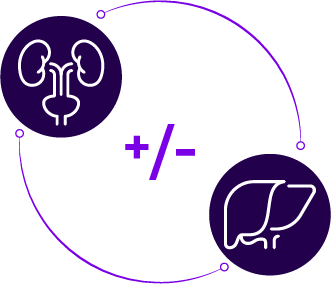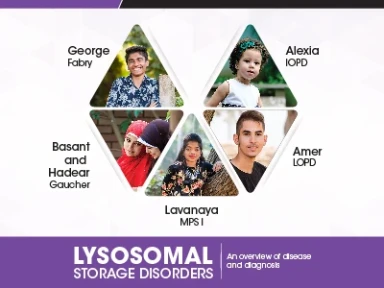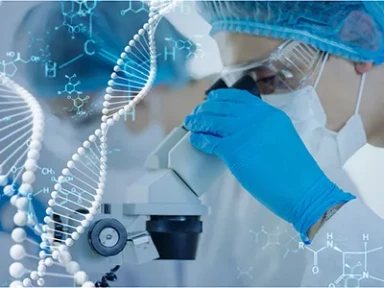Expert Group Consensus From The Arabian Peninsula On The Diagnosis Of Late Onset Pompe Disease (LOPD)
Objective and Method
Consensus based on literature supporting clinical presentation and recommendations
Literature Analysis on LOPD Symptoms (Neurology): Hierarchy of Evidence
- Delayed motor milestones
- Low/absent reflexes
- Mild facial muscle weakness
- HyperCKemia/paucisymptomatic
- Negative SMA/DMD
- Shortness of breath at rest or on effort
- Muscle pain and elevated ALT/AST
- Gait abnormalities
- Scoliosis/scapular winging
- Disproportional weakness of the neck flexors and difficulty in raising the head
- LGMW
- Swallowing difficulties
- Frequent falls
- Difficulty chewing/jaw muscle fatigue
- Difficulty in walking and climbing stairs
- Double-seronegative MG
- Muscle pain and elevated ALT/AST
- Gait abnormalities
- HyperCKemia/paucisymptomatic
- Unexplained myopathy
- Scoliosis/scapular winging

High CK/elevated LDH,
ALT,and AST

Family history of unexplained
muscle weakness or respiratory
failure
Proposed Diagnostic Algorithm for Neurologists During the Second Meeting
Conclusion
Recommendation
Testing for Pompe disease must be done if any one specialty-specific symptom plus elevated CK/LDH/ALT/AST or a family history of unexplained muscle weakness is present.
*The age of patients with pediatric/juvenile LOPD ranges from 1 to 17 years; #The age of patients with adult LOPD is usually 18 years and above.
ALT: Alanine aminotransferase; AST: Aspartate aminotransferase; CK: Creatine kinase; DBS: Dried blood spot testing; DMD: Duchenne muscular dystrophy; KSA: Kingdom of Saudi Arabia; LDH: Lactate dehydrogenase; LGMW: Limb–girdle muscle weakness; LOPD: Late-onset Pompe disease; MG: Myasthenia gravis; SMA: Spinal muscular atrophy; UAE: United Arab Emirates.
- Al Shehri A, Al-Asmi A, Al Salti AM, et al. A multidisciplinary perspective addressing the diagnostic challenges of late-onset Pompe disease in the Arabian Peninsula region developed from an Expert Group Meeting. J Neuromuscul Dis. 2022;9(5):661–673.

.png/jcr:content/science%20hero%20(1).png)




.webp/jcr:content/gaucher-thumb%20(2).webp)

